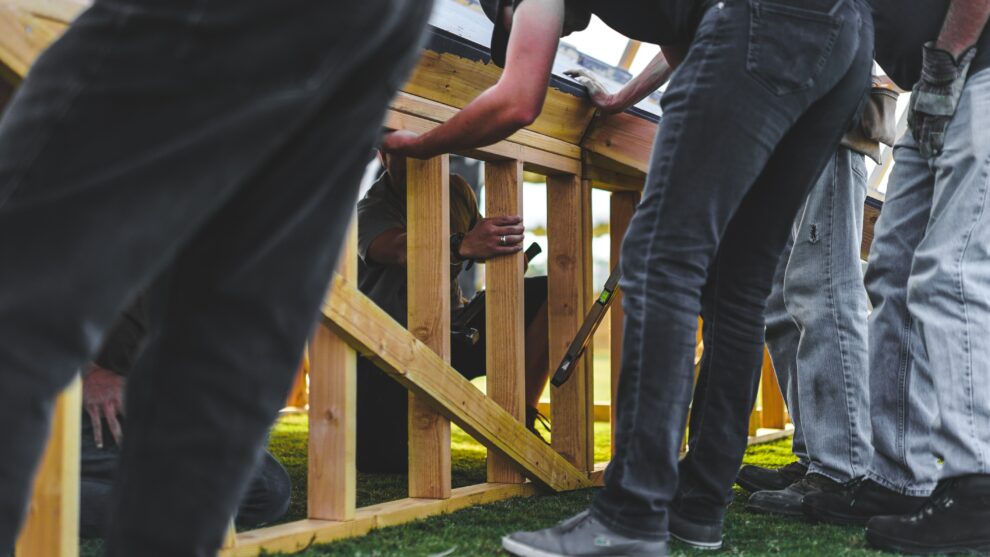A beautiful fence that is also well constructed is an excellent addition to any property and it can help increase its value and appeal. A well-constructed fence serves many functions, including providing security, demarcating a property, reducing noise, enhancing privacy, and confining children and pets to a specific area. If you want to install a fence on your property, follow these important steps.
Planning and Obtaining Material
The type of fence you build will be primarily dictated by its purpose. For a privacy fence, one that is six feet high with pickets that are close is best. For a boundary or confinement fence, one that is four to five feet tall will suffice. For a decorative one, consider having one that is not more than four feet high and has spaced pickets, both of which help you have a view of the surrounding area.
A shadowbox fence has pickets spaced alternatively on both sides of a support rail. It is excellent for different settings and use cases. Homeowners can use them for boundary, confinement, and privacy fences, and they also provide much better airflow than traditional wood fences.
Once you decide on the type of fence you want and where you want it, it is time to buy materials to build your own fence. These include boards and railings that will be used to build the fence. You will also need nails, fasteners, and gate hardware. Lastly, consider buying or leasing the necessary tools to build the fence.
Main Post and Line Post Placement
Most people use pressure-treated wood for the main and line posts; since they make contact with the ground, it is a good idea to use treated wood or treat it at the site. The process of installing a fence starts with marking corners and installing the main posts for each corner.
Next, place the posts in the holes and pour concrete, taking special care to ensure the posts remain straight throughout the process. If you are building a permanent fence, using soil to fill the holes is fine.
Once these corner posts are secure, tie some twine between them, as you will use them as a guide when installing line posts. These posts are installed similarly to corner posts but at a shallower depth and the same height.
Adding Pickets, Panels, and Rails
Once all corner and line posts are in place and secure, support rails are added to the fence in the case of traditional fences. If you are using a prefabricated fence, you need to secure each panel between the posts.
Depending on whether you are building apicket or traditional fence, you need to install slats or pickets on the support rails, ensuring they are evenly spaced. Once the slats and pickets are secured using fastening hardware, the fence is ready to be painted, stained, and waterproofed.
Building a fence is not difficult if you have the time and tools. You can ask a local hardware store to recommend a professional or find one online if you do not. The main benefit of hiring a professional is that they will likely build the fence faster and more accurately.
